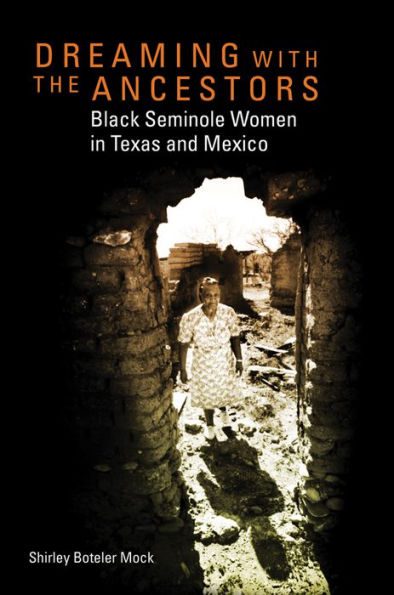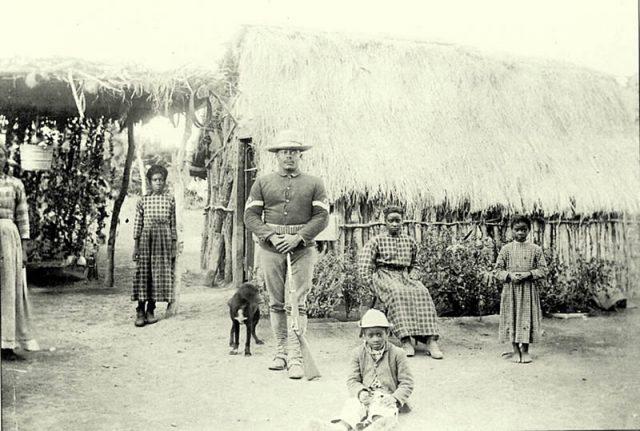This outstanding ethnographic history explores the migration of Black Seminole people across the South and Southwest of the United States, highlighting the survival of cultural and spiritual practices by Black Seminole women. Boteler Mock uses ethnographic research and oral history to weave together the long migratory route that Black Seminoles made since the 18th century, that tells us how this group survived centuries of danger and also provides the community with a way to save and pass down that knowledge.
Dreaming with the Ancestors argues that Black Seminole women held on to their African identities, which they melded with the Native American and Mexican cultures that the community encountered during their migration, slowly forming the culture and identity that survives to this day. From the plantations on the East Coast to present day Brackettville, Texas and Nacimiento, Mexico, Black Seminole women would have to deal with multiple adversities including discrimination, prejudice, warring, and the eventual loss of their future generations’ interest in their own history. What Boteler Mock does is provide these young Black Seminoles living in Brackettville, Texas, and to others who have moved on, with a precious piece of literature dedicated to the efforts, resilience, and incredible endurance of the Black Seminole people, especially the women. The authors’ ultimate purpose for this book, and the hope of her beloved friend and critical interviewee, Alice Fay, is that this work would revitalize the younger community to learn and appreciate their history and ancestors courage. I found that the motivation and the actual relationship Boteler Mock had with her interviewees, who would come to be more like family, really made me appreciate the work she did.
The methods Boteler Mock uses are key in persuading her audience to understand the importance of women in the Black Seminole community. Her blend of ethnography, archival documents, diaries, memoirs, and oral histories offers both a solid history of Black Seminole culture and identity formation and an engaging personalized account of everyday life that is hard to stop reading. The author’s descriptions of the scenery and her memoir-like introduction make you almost forget the work is also scholarly. But the book also shows how valuable oral history and ethnography are to understanding a community’s history through the experiences of those who have lived it. The mixture of historical background with the memories and stories told by the elders of the Black Seminole community make for a very revealing study of the connections between African, Native American, and Mexican cultures that have come together to form the Black Seminole identity.

This book serves not only as an essential study of Black Seminoles or Black Seminole women, but as a study of the interconnectedness of gender, identity formation, and diaspora in any community that is forcefully moved out of its space and must renegotiate its identities to survive. Boteler Mock highlights the importance that women have played in the community but also points towards their importance in maroon and Native American communities as mothers, leaders, spiritual connections to the past and future, and guardians of the culture. This book also shows the understanding that can result from an ethnographer’s honest and sincere treatment of the Black Seminole community. The honesty and openness of the women Boteler Mock interviewed and the lasting friendships they made convinced me that the women trusted her. Any reader should be able to connect with these stories as much as I did.

You may also like:
Justin Heath reviews Peace Came in the Form of a Woman by Juliana Barr
The First Texans: An Exhibition in Jester Hall by Nakia Parker
Women Shaping Texas in the Twentieth Century by Cristina Metz







